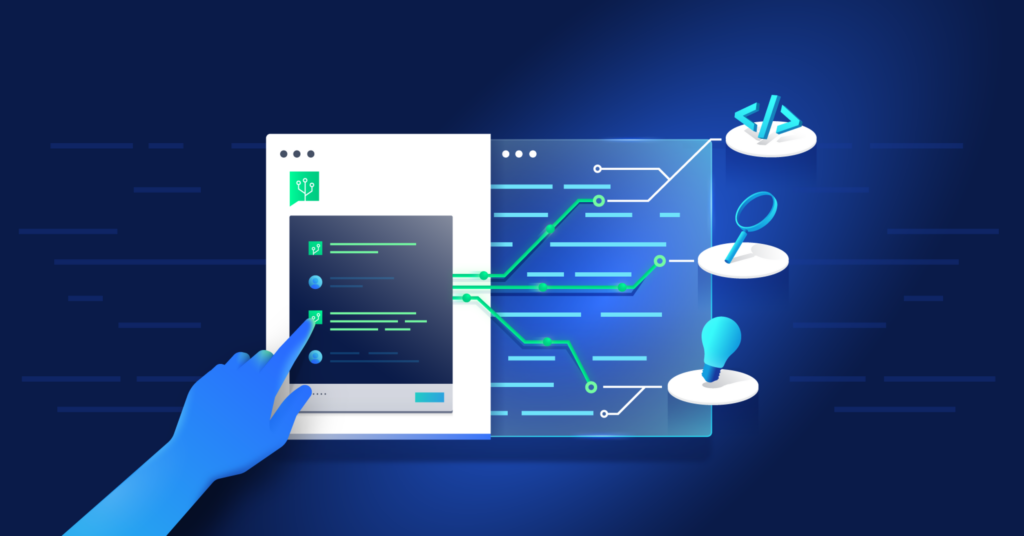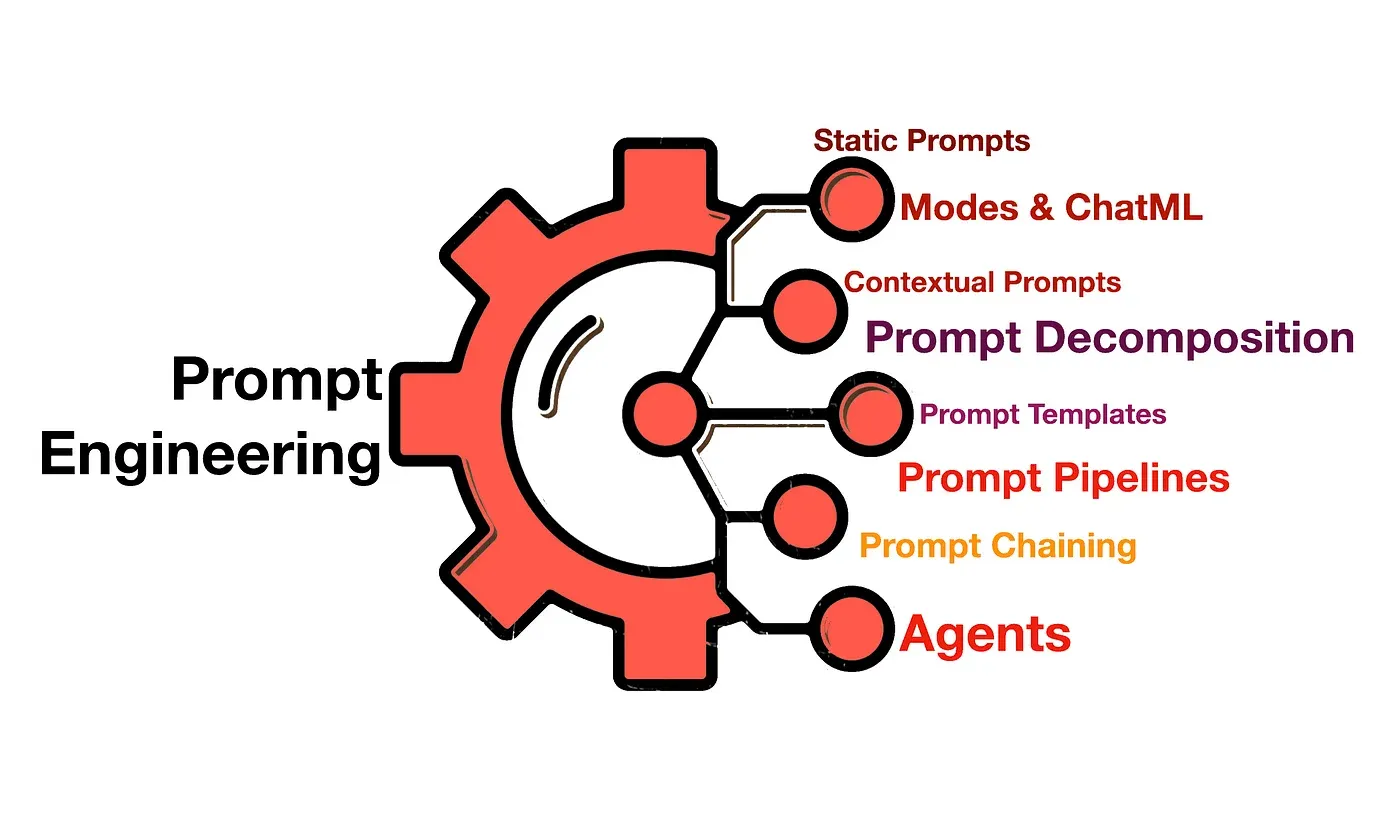Introduction
Generative AI is not a replacement for human ingenuity—it’s an amplifier. As a Principal Software Engineer, I treat it like any other powerful tool in my stack. It helps me iterate faster, automate repetitive tasks, and unlock new levels of efficiency without sacrificing quality. Whether it’s accelerating prototyping, debugging code, or even refining technical documentation, AI-driven solutions have become an integral part of my workflow.
Key Use Cases for Generative AI in Software Engineering
1. Code Generation & Refactoring
AI-powered tools like OpenAI’s Codex, GitHub Copilot, and Tabnine have revolutionized the way I write and optimize code. These tools assist by:
- Generating boilerplate code, reducing redundant keystrokes.
- Suggesting optimized functions, improving performance and readability.
- Refactoring legacy codebases, making maintenance more efficient.
💡 Use Case: While implementing a complex data pipeline, I used an AI assistant to generate initial API integration stubs. It saved hours by handling the mundane setup, allowing me to focus on core logic.
2. Automated Debugging & Error Resolution
Debugging can be a black hole of time. Generative AI speeds up the process by:
- Identifying patterns in error messages and suggesting fixes.
- Providing alternative implementations when encountering inefficiencies.
- Automating test case generation to ensure code robustness.
💡 Use Case: When troubleshooting an intermittent race condition in a multi-threaded application, AI-assisted analysis pinpointed a potential synchronization issue, helping resolve the bug in minutes instead of hours.
3. Architectural Decision Support
Generative AI assists in analyzing design patterns, suggesting architectures, and even simulating different system behaviors to assess scalability and performance.
💡 Use Case: When architecting a microservices-based system, I leveraged AI to evaluate trade-offs between event-driven and request-response communication patterns, ensuring a resilient design.
4. AI-Powered Documentation & Knowledge Sharing
Technical documentation is often a pain point, but Generative AI can:
- Automatically generate API documentation from code comments.
- Summarize complex implementations into human-readable explanations.
- Assist in drafting internal knowledge base articles, keeping teams aligned.
💡 Use Case: While documenting a machine learning pipeline, AI-generated summaries provided a structured draft, which I then fine-tuned for accuracy—cutting documentation time in half.
5. Enhancing DevOps & CI/CD Workflows
AI-driven automation extends beyond development into DevOps and deployment:
- Generating Infrastructure-as-Code (IaC) configurations.
- Automating CI/CD pipeline optimizations.
- Predicting potential deployment failures based on historical data.
💡 Use Case: Using AI-powered insights, I detected inefficiencies in a Kubernetes cluster configuration, optimizing resource allocation without manual trial and error.
Final Thoughts
Generative AI is not a crutch—it’s a force multiplier. The key is knowing when and where to apply it effectively. By strategically incorporating AI into my workflow, I maintain high development standards while increasing efficiency. It’s not about replacing engineers; it’s about giving engineers better tools to do what they do best—solve complex problems creatively.
Share this:
- Click to share on Facebook (Opens in new window) Facebook
- Click to share on X (Opens in new window) X
- Click to share on LinkedIn (Opens in new window) LinkedIn
- Click to share on Reddit (Opens in new window) Reddit
- Click to share on Pinterest (Opens in new window) Pinterest
- Click to share on Pocket (Opens in new window) Pocket
- Click to share on WhatsApp (Opens in new window) WhatsApp
- Click to email a link to a friend (Opens in new window) Email



